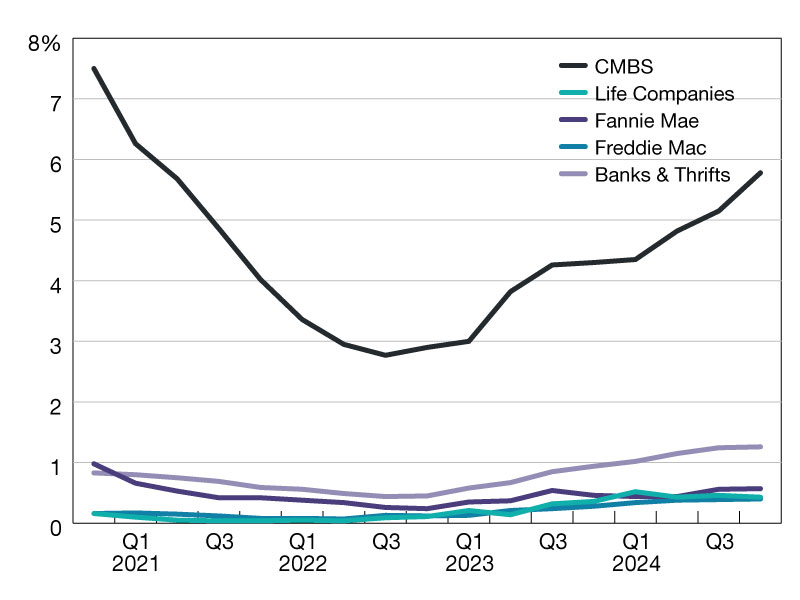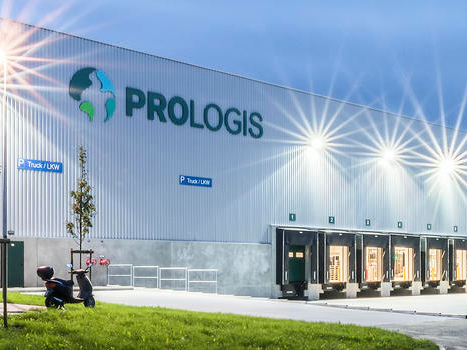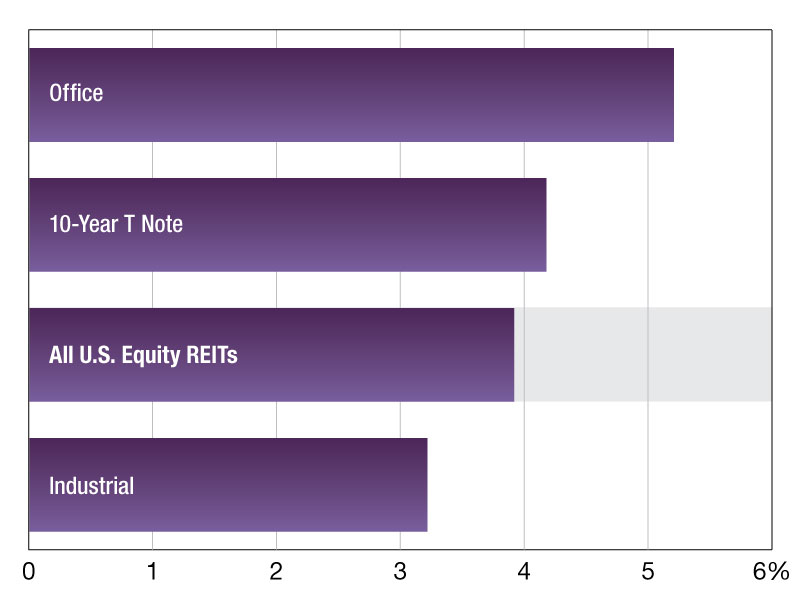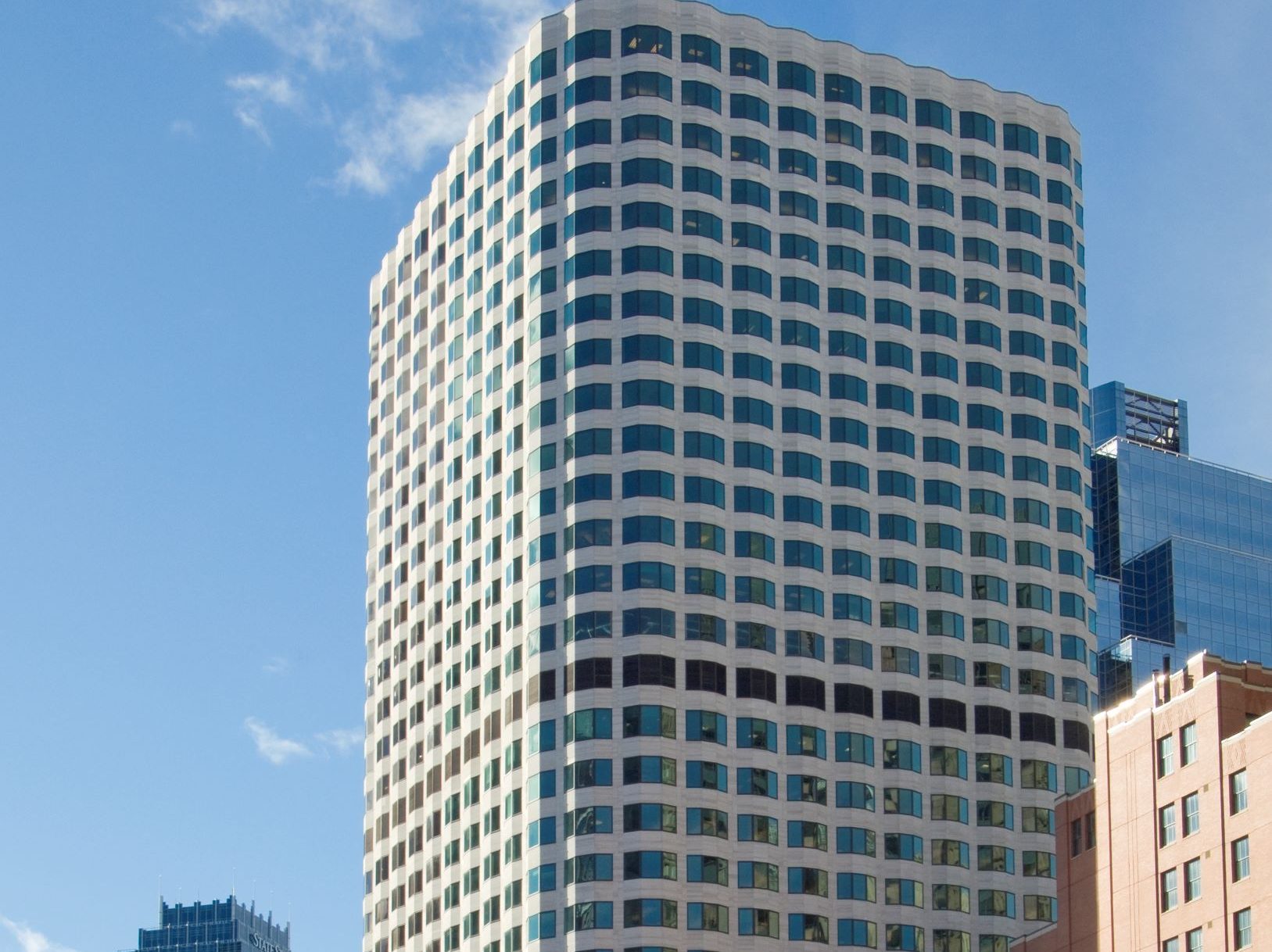Going Up!
Developers are taking their logistics facilities to new heights.
In many places, pandemic restrictions are finally being lifted—masks mandates are ending, and restaurants are seeing more business. It feels like things are starting to stabilize. But, despite this, we’re not going to just go back to the “before times.” Things have changed too much. And that can be a good thing.
E-commerce, for one, is still booming. It had already been popular for a while, of course, but during the early stages of the lockdown people really leaned in to ordering online. And they never really stopped. According to a study by Digital Commerce 360, U.S. consumers spend more than $870 billion in 2021, up from $762 billion in 2020. They’re predicting that number will be even larger in 2022.
Of course, a lot of online shopping means a lot of stuff—clothes, workout equipment, sequined pillows with pictures of people’s pets on them. (It’s my money, and I’ll spend it however I so choose.) That means more distribution centers. People also expect their items to be delivered quickly now, which means those distribution centers now need to be closer to cities and other densely populated neighborhoods.
The problem with that though—as any New Yorker who uses their unused oven as spare drawer space can tell you—is space. Distribution centers typically need to take up a large footprint. And many cities can’t spare that.
They were right: space really is the final frontier.
But fear not! As Mark Faris reports in “E-commerce Powers the Rise of Multistory Industrial Projects,” some companies, such as Prologis, are eschewing traditional single-story logistics developments for multistory facilities.
Not only do these developments save space but they also allow companies to build in areas that would have otherwise been difficult to garner entry.
“These strategically located developments offer businesses the ability to save money on delivery costs as well as meet expectations for fast delivery by being closer to the end consumer,” Richard Kolpa, senior vice president & market officer at Prologis, told Faris.
The industrial sector will continue to innovate and improve. Which is good for the industry, and good for all of us.









You must be logged in to post a comment.